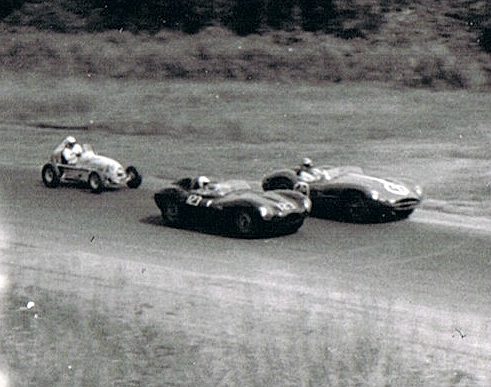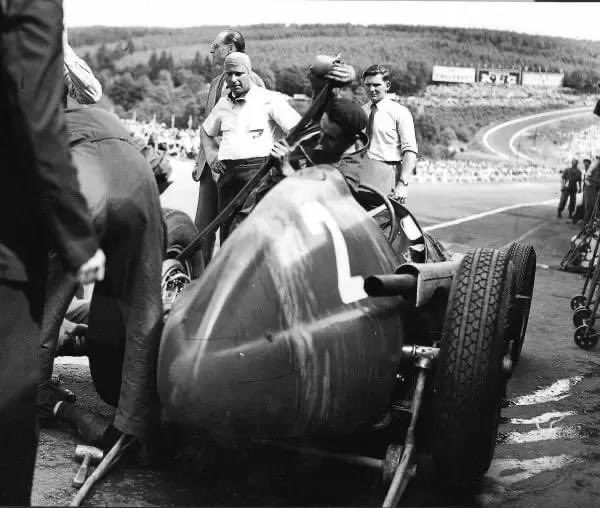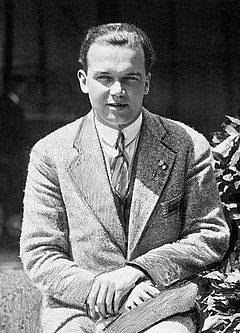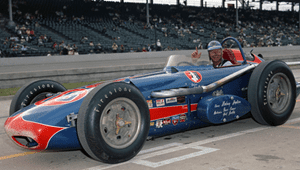Dotini
(Banned)
- 15,742

- Seattle
- CR80_Shifty
Well, even if the Repco was used in a road car, we need to remember the Repco wasn't originally an F1 engine, but a General Motors (Buick-Olds-Pontiac) aluminum V-8 equipped with overhead cams. So the Repco in a road car is a maybe.Wasn't the Repco V8 put in some Australian cars? Possibly either GM Australia or Chrysler Australia, I forget which.
I would also wonder if Ferrari's 3 litre flat-12 from their 312, 312B and 312T Grand Prix cars were used in some of their road cars or homologation specials.
With regards to the flat-12 F1 Ferrari engines from the Forghieri 312, 312B series being used in road cars, I don't think so. The first Ferrari road car with a flat 12 was the 1973 365/GT4-BB of 4.4 liters, with timing belts instead of chains, derived from the prior Daytona V-12, and designed by Giuliano de Angelis and Angelo Bellei. The BB 512/ BB 512i and Testarossa/ 512 TR/ F512 M also had the same engines of enlarged displacement. There were no further flat 12 Ferrari road cars that I know of.
The only road cars which I know used Ferrari F1 derived engines were the Ferrari Dino 246 GT, Fiat Dino, and Lancia Stratos.
Also, the Maserati 3500 GT, Sebring and Mistral had an engine whose roots wound through the legendary 250F F1 car.
Fiat Dino Coupé
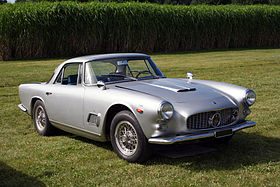
Maserati 3500GT
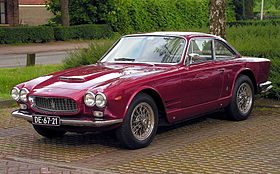
Maserati Sebring Series I
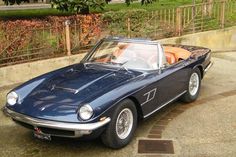
Rare 1966 Maserati Mistral 4000
If there are any other road cars with F1 engines, I hope you can find them!
Last edited:


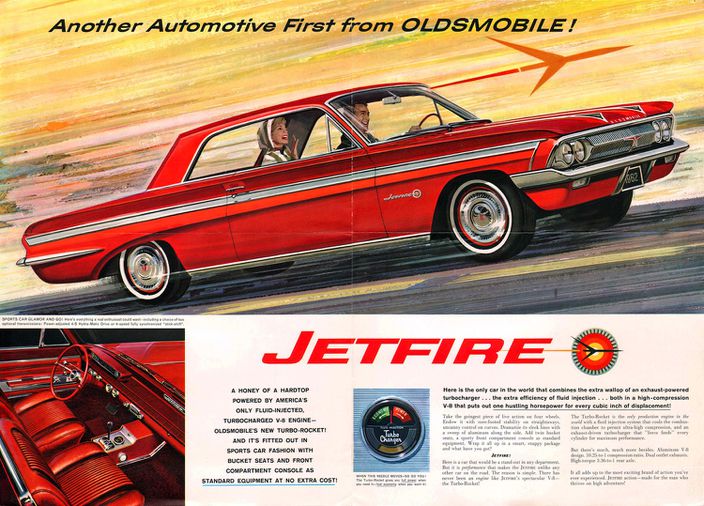
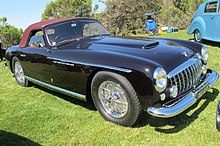
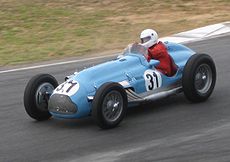
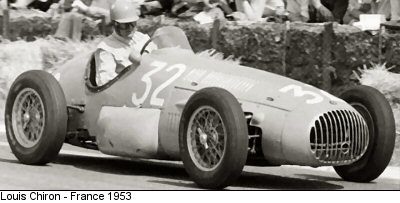
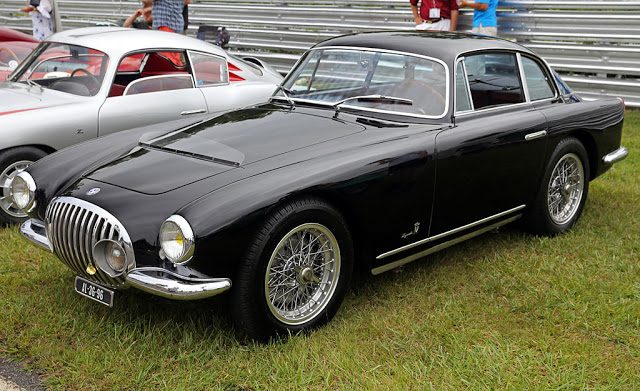
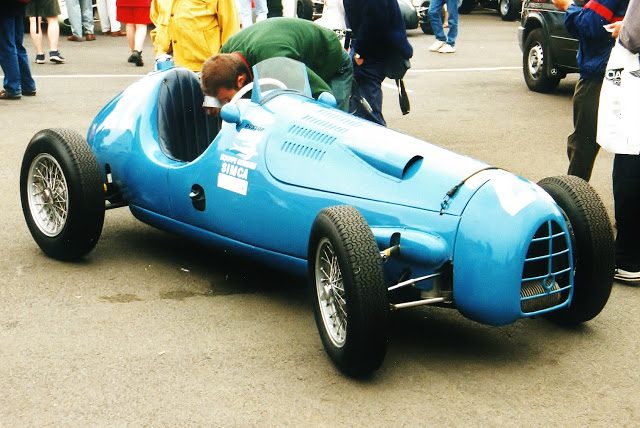
 With those special tires exuding glue, some really sweet qualy times were achieved.
With those special tires exuding glue, some really sweet qualy times were achieved.


